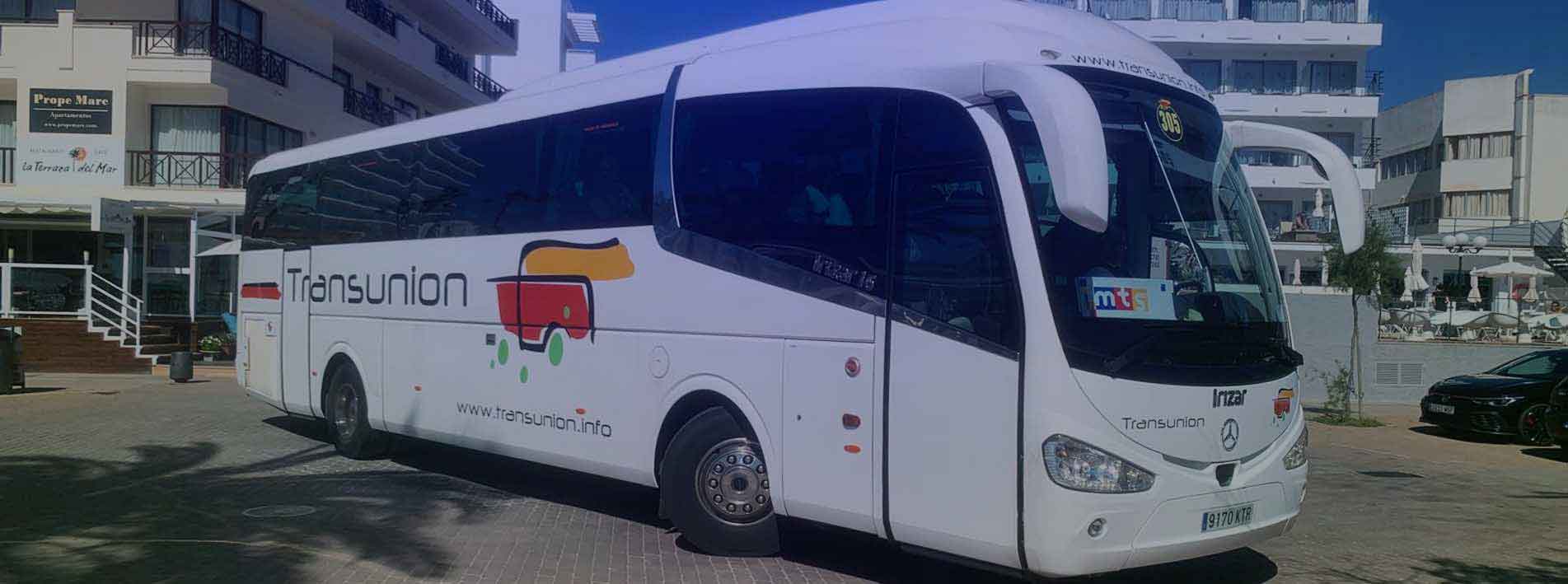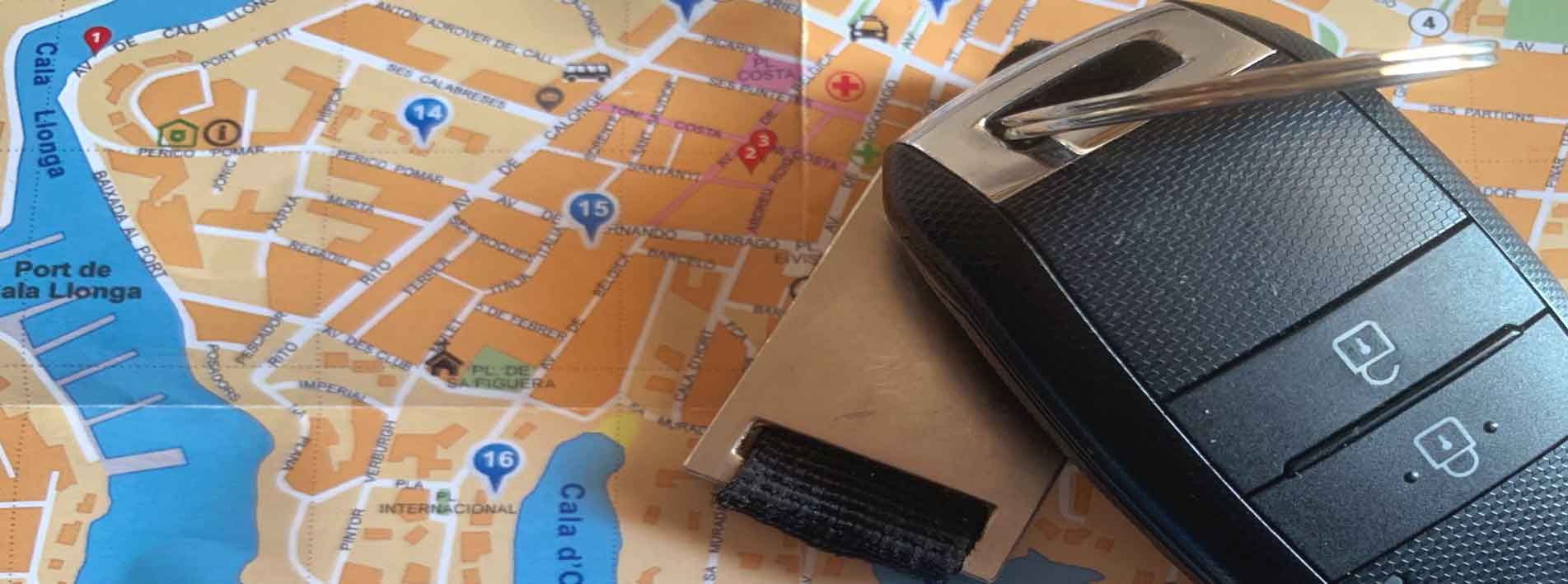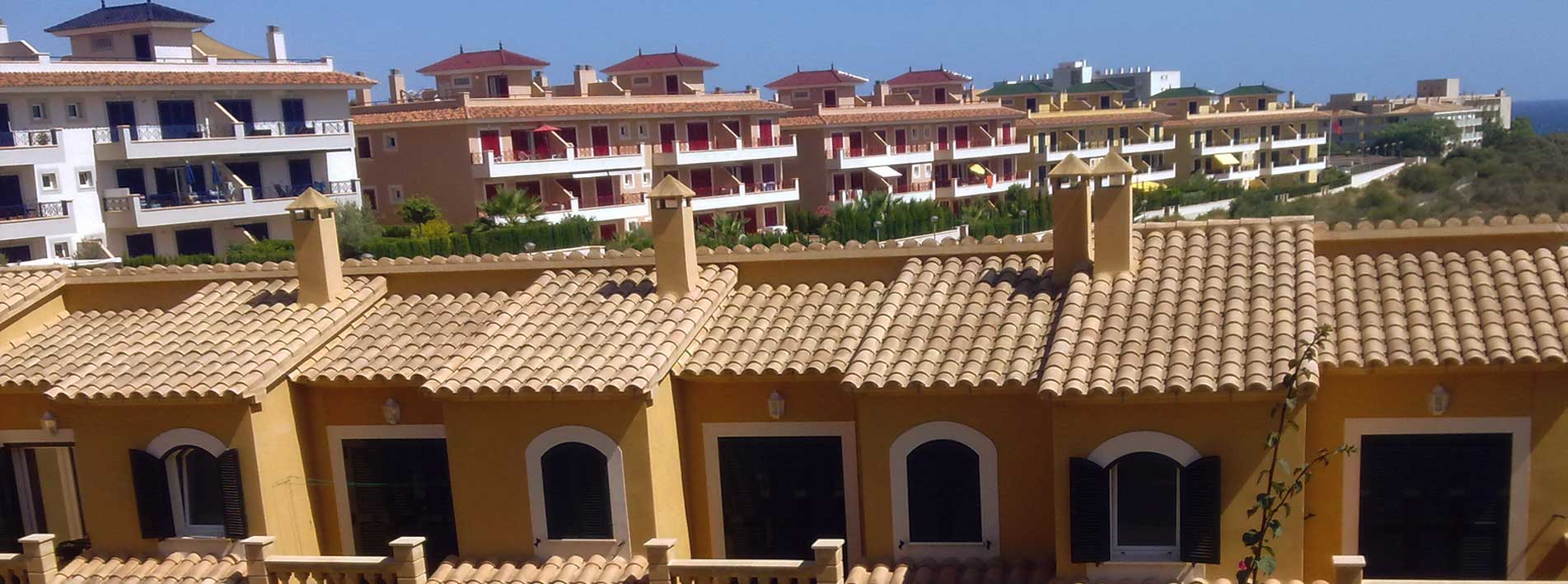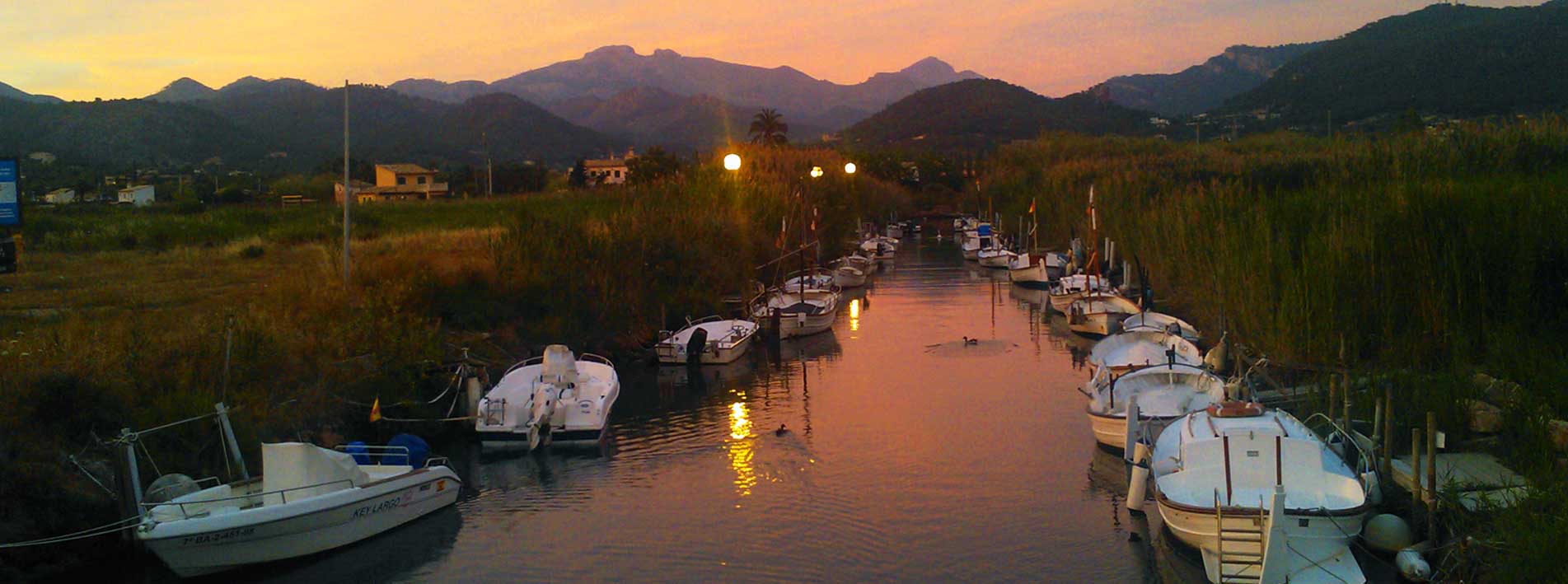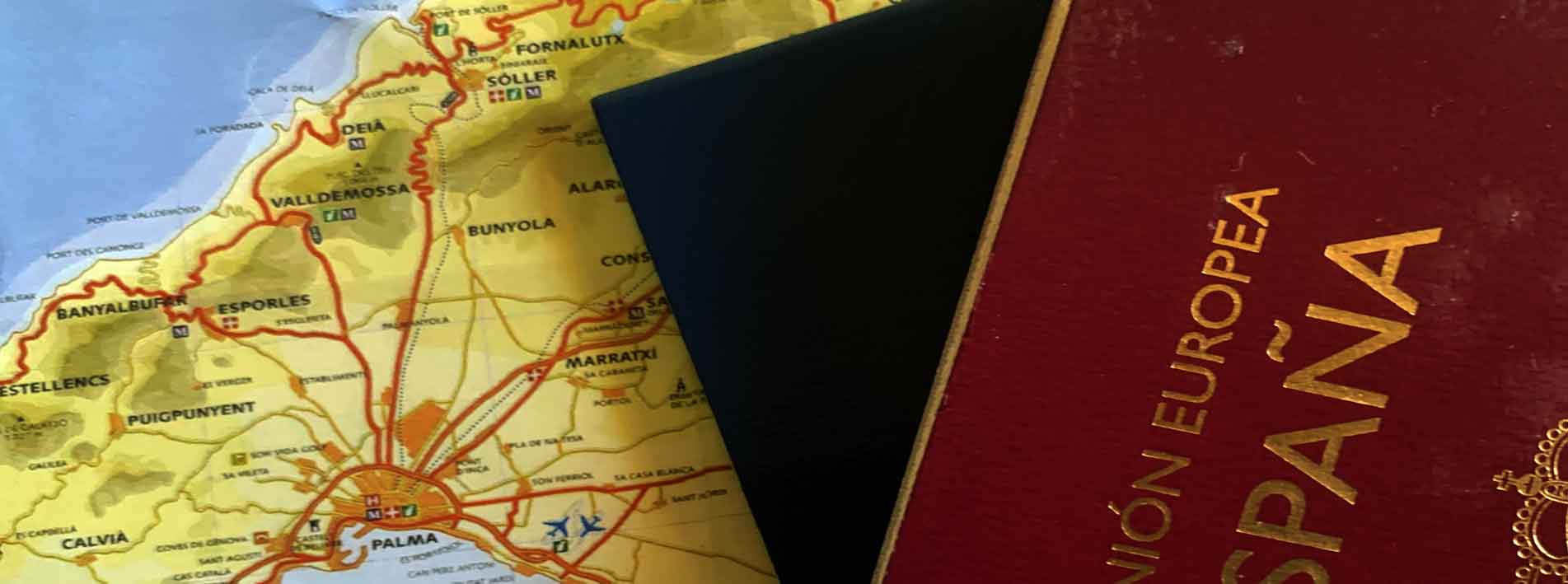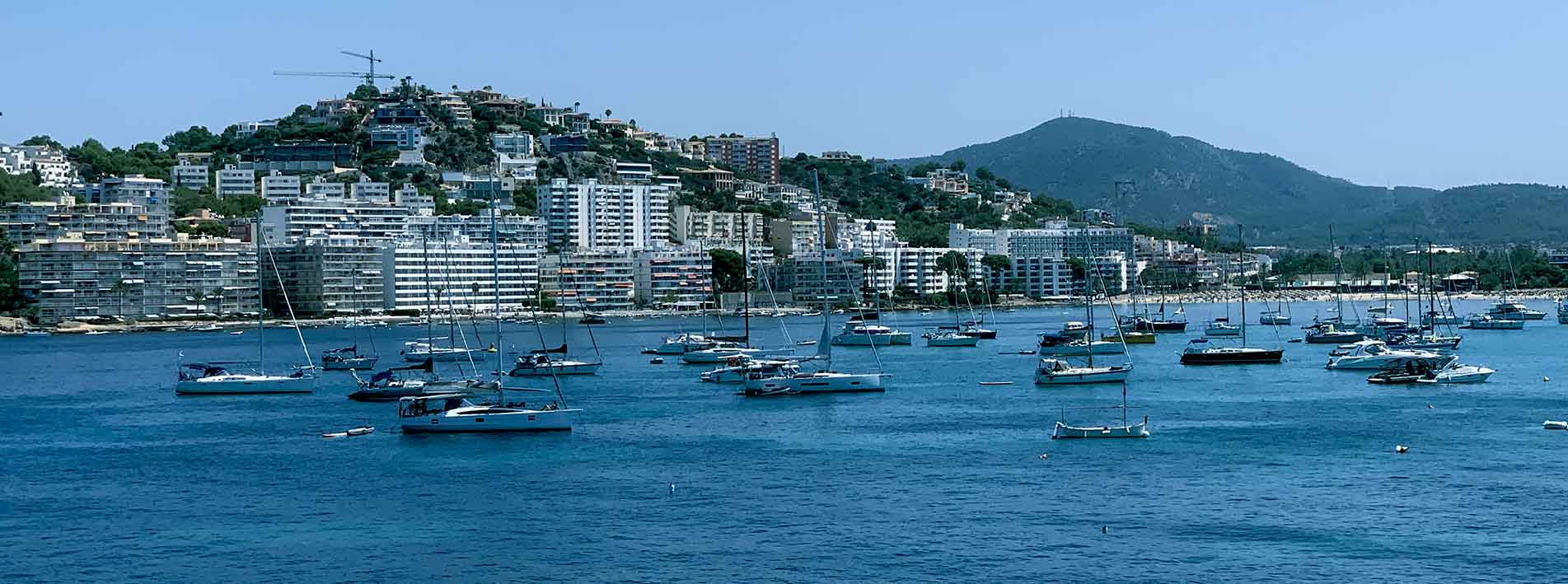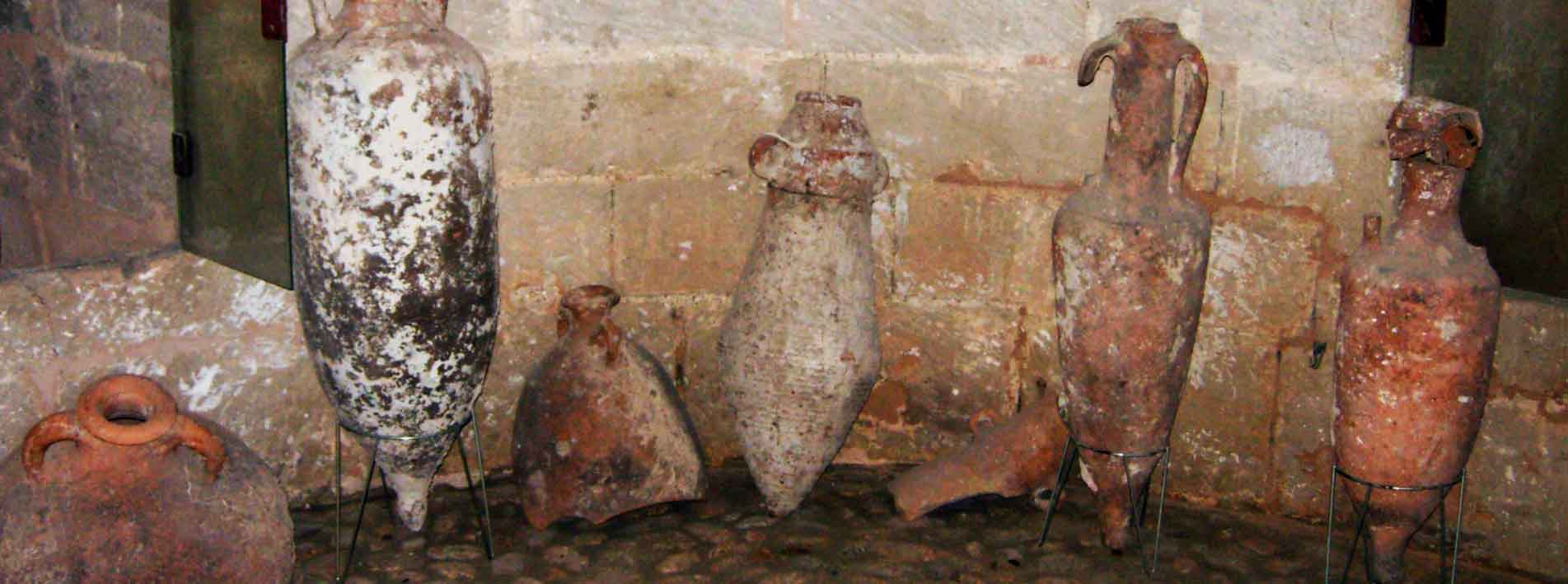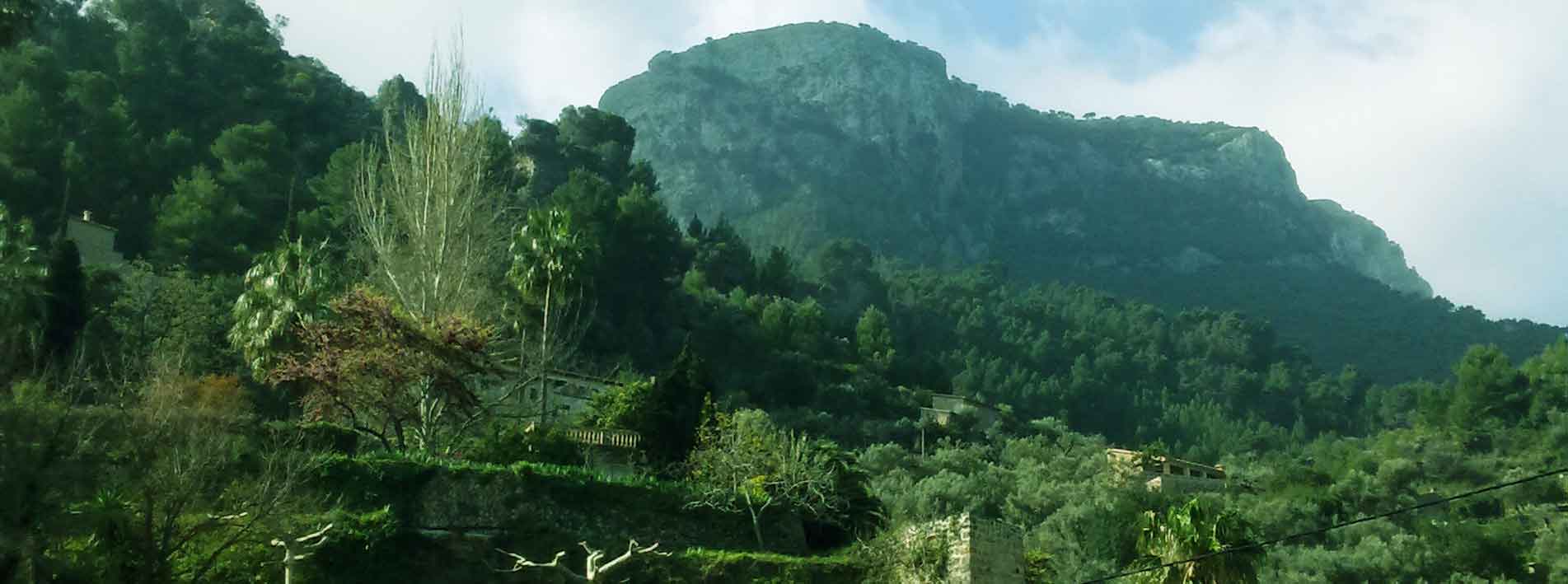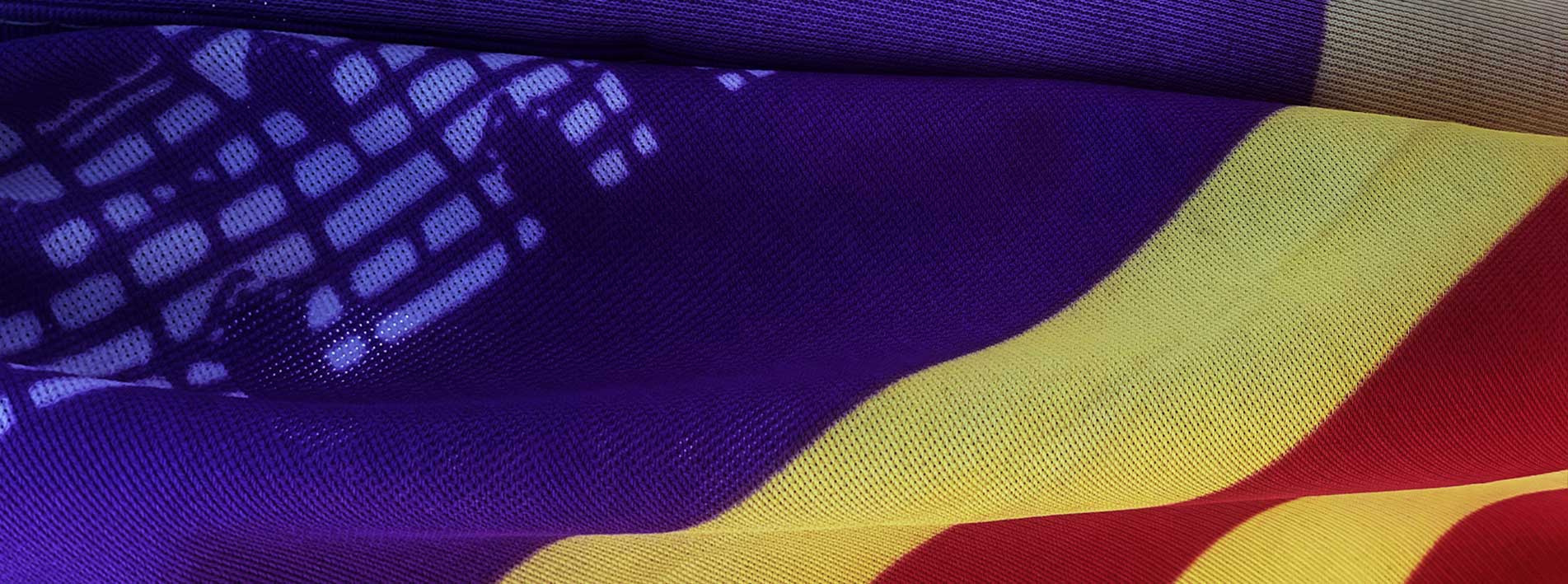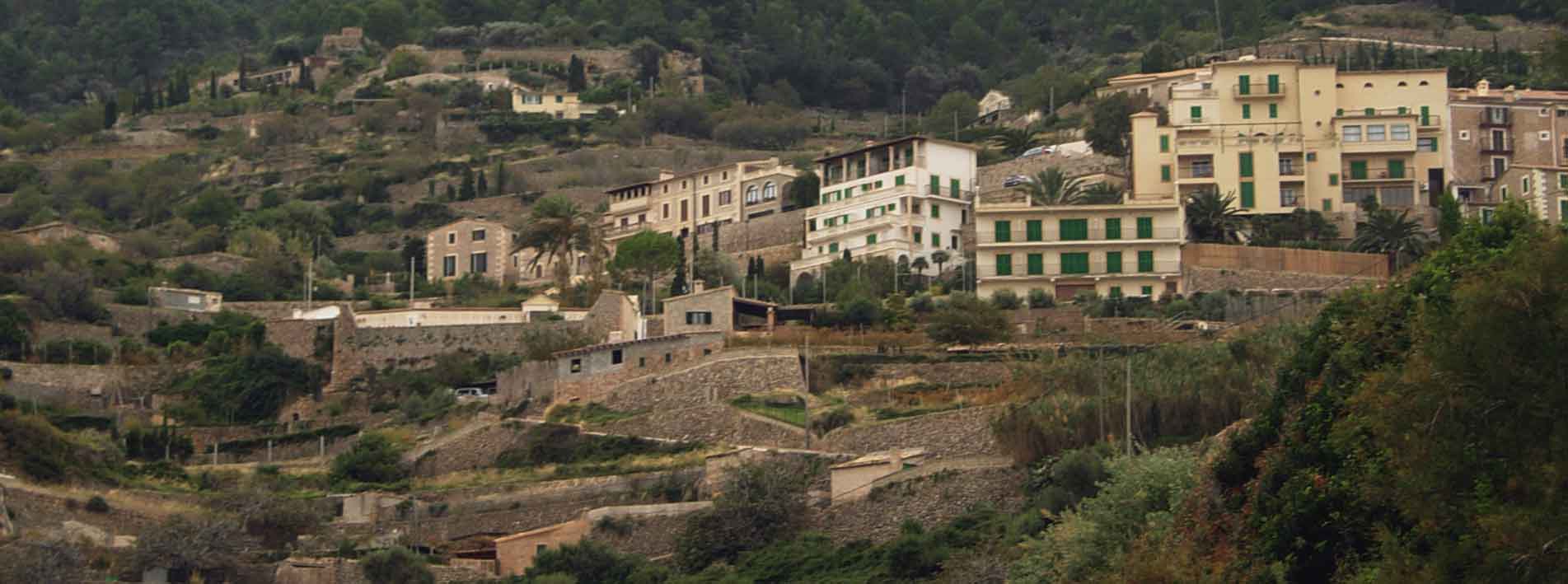Ses Salines
How to get to Ses Salines
What to do in Ses Salines
Ses Salines is a town, a municipality, and an important village in Mallorca located in the south of the island. It is known for its salt production and for being the starting point of the route to the Cabrera Archipelago Maritime-Terrestrial National Park. Its name comes from the ponds used for salt production, and it is home to the Colonia de Sant Jordi, a tourist destination with a fishing port, coves, and beaches such as the Es Trenc-Salobrar Natural Park.
Ses Salines is approximately 52 km from Palma, about a 40-minute drive. As part of the Migjorn comarque, the municipality borders Campos to the west and Santanyí to the east and is known for its southernmost point, Cap de Ses Salines. This picturesque Mallorca town combines a quiet, residential atmosphere with outdoor activities, including hiking, cycling, diving, and snorkeling.
Toponymy
The place name “Ses Salines” comes from the numerous salt flats in the municipality, where salt has been extracted using traditional methods since Roman times. The name literally means “the salt flats”. These salt flats, located in a protected natural area, are the source of the town’s wealth and identity.
 Geography and economy of Ses Salines
Geography and economy of Ses Salines
Location: It is located in the southeastern part of the island of Mallorca, in the southernmost part of the island. The village of Ses Salines is inland, while Colonia de Sant Jordi is on the coast.
Salt production: The municipality is famous for its salt flats, which date back to Roman times and have been exploited ever since. Today, traditional salt extraction is still carried out, including the production of Es Trenc fleur de sel.
Culture and heritage: The municipality is home to archaeological remains such as the Talayotic settlement of Els Antigors. It is also a destination with a rich offering of leisure activities and local cuisine.
Nature and leisure: The coastal area has coves and beaches, and the municipality is located in the Es Trenc-Salobrar Natural Park. It offers numerous opportunities to enjoy nature through hiking, cycling, kayaking, diving, and snorkeling.
 Ses Salines: Historical overview
Ses Salines: Historical overview
The history of Ses Salines is linked to the exploitation of its salt flats since ancient times, with origins dating back to the Punic and Roman periods. Salt was a vital resource for the Phoenicians, Romans, Byzantines, and Arabs, giving its name to the municipality and the Colonia de Sant Jordi. Administratively, Ses Salines became independent from Santanyí to become a municipality in its own right a century ago, in 1925.
 Origin and history of Ses Salines
Origin and history of Ses Salines
The first inhabitants arrived on the island during the Early Bronze Age, followed by the Talayotic people. The salt flats of Sa Vall, in Colonia de Sant Jordi, are among the oldest in the world, having been exploited by Punic merchants around the 4th century BC. During Roman rule, salt continued to be a key resource. The Roman conquest in 123 BC also left its mark on the area, with a possible Republican military fort identified in the center of the village. During Muslim rule, the marshes were also exploited, and the settlement was called “Jussana”.
After the Christian reconquest, Ses Salines was sometimes known as “Salines de Santanyí.” From the Middle Ages onwards, salt exploitation went through different periods, marked by ownership by families such as the Dezcallar family and royal and local administration. The Colonia de Sant Jordi emerged as a small fishing port and is now an important tourist center.
Access to Ses Salines
The municipality of Ses Salines is located at the southern tip of Mallorca. To get there from Palma, take the Ma-19 highway to Campos and then the Ma-6040 and Ma-6101 to the village. Access to the coastal area, such as Es Cargol beach, is via roads from the Ses Salines lighthouse or from Campos, while the Ses Salines Natural Park is located between Ibiza and Formentera.
By car: The village of Ses Salines is located in the south of the island, about 32 miles from Palma and about 4 miles from the coast. It takes about an hour to get there by car. To get there from Palma, take the Ma-19 highway towards Campos. Take the Ma-6040 and then the Ma-6101 to get directly to Ses Salines.
By bus: There are regular bus routes connecting Ses Salines with other towns and with Palma. The TIB line 517 is a bus route connecting Santanyí with Colònia de Sant Jordi and Campos. It transports passengers between these towns in Mallorca.
 Places of interest in Ses Salines
Places of interest in Ses Salines
Ses Salines is a municipality known for its historic salt flats, its proximity to unspoiled beaches such as Es Trenc, and its archaeological importance. The municipality includes the town of Ses Salines and the tourist resort of Colonia de Sant Jordi, and is ideal for those who enjoy nature, outdoor sports such as hiking and cycling, and local cuisine.
Natural attractions and activities
Beaches: Access to iconic beaches such as Es Trenc, Es Carbó, and Es Dolç.
Hiking and cycling: The area is ideal for outdoor trails, with paths leading to coves and viewpoints.
Cabrera Maritime-Terrestrial National Park: From Colonia de Sant Jordi, you can organize a visit to this park.
Birdwatching: The area is a paradise for birdwatchers.
 History and heritage
History and heritage
Salt flats: The salt flats of s’Avall are among the oldest in the Mediterranean, having been in operation since the 4th century BC. You can visit them and try their “fleur de sel”.
Archaeological remains: There are traces of Talayotic settlements, such as the village of Els Antigors, which dates back to 1000 BC.
Casal de Can Bonico: An old building that now houses a boutique hotel.
Hotels and accommodation in Ses Salines.
Tourism: In Ses Salines, the range of hotels and accommodation includes options such as boutique hotels, rustic estates, vacation rentals, and agritourism, as well as apartments and bed & breakfasts. The area also benefits from the wide range of hotels in nearby Colonia de Sant Jordi, which includes hotels and resorts for families and adults. The tourist activity is complemented by the local cuisine, bars, restaurants, and nearby attractions such as the beaches of Es Trenc and the Botanicactus botanical garden.
 Gastronomy
Gastronomy
The cuisine of Ses Salines is characterized by a combination of Mediterranean flavors with local products, notably fresh fish, rice, and seasonal vegetables. Signature dishes include bullit de peix (fish soup with potatoes and rice), local versions of paella, and seafood stews, while local products such as olive oil, sobrassada, and Mallorcan wines are essential.
And that’s it for this brief guide to Ses salines, Mallorca. We hope it helps.
By the way: Are you coming to Mallorca on a tourist trip? If you find it helpful, you can also check out our travel guide to Mallorca and more tourist information about the island





